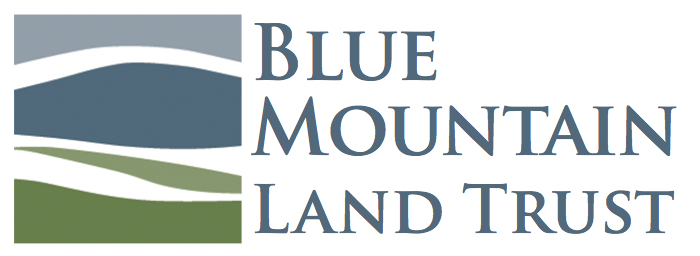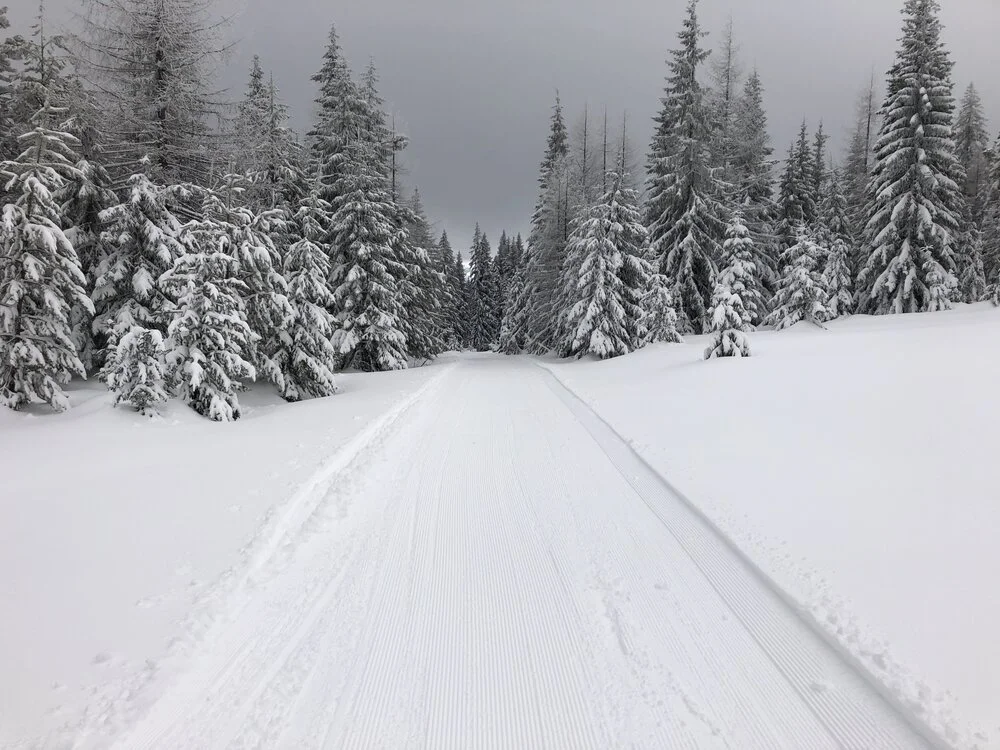Happy Trails: Horseshoe Prairie Nordic Ski Area is safer — and more popular — than ever
BY GWENDOLYN ELLIOT
Originally published in the Walla Walla Union-Bulletin’s Lifestyles Magazine
We may be just flipping the calendar to October, but for skiers, it’s never too early to “think snow.”
Recreational opportunities for local skiers look different depending on your sport of choice; downhill skiers have long had Bluewood, the family-friendly ski resort outside of Dayton, a short hour’s drive from Walla Walla. Until it closed in 2018, the same set could also crunch powder at nearby Spout Springs Ski Area, in Tollgate, Oregon.
But Walla Walla-based cross-country, or Nordic, skiers, have had to be more scrappy. In general, this type of skiing requires fairly flat, groomed surfaces, and the most renowned areas offer miles and miles of track to wander and explore.
Anthony Lakes Mountain Resort in North Powder, Oregon, offers both downhill skiing and groomed Nordic trails — but a round trip there by car can take over five hours.
For determined Nordic skiers seeking ski country closer to town, there was always Horseshoe Prairie, about 6 miles south of Spout Springs, and “the only game in town,” as Linda Herbert, president of the Blue Mountain Land Trust, called it the day I unexpectedly encountered her there last winter, when we were both skiing the trail system.
Until recently, however, when a group of the Land Trust’s volunteers known as the “Blues Crew” spent thousands of hours rehabilitating the area in the Blue Mountains, it was considered unsafe, even dangerous. A tragedy happened there about 10 years ago when a young person became lost and died of exposure.
“You could talk to 30 people that have been out there prior to our rehab, and probably 28 of them will admit to either having been frankly lost or had that moment where they thought, ‘Ooh, do I know where I am?’” Herbert said later, in an interview. “This is a place that people went fearfully or with some trepidation, or they said, ‘I’m not gonna go there. I don’t feel comfortable there.’”
Part of the problem, Dr. Greg Brown, a Blue Mountain Land Trust board director and Blues Crew co-founder, said in a short film about the restoration project, was that the area had long been neglected due to years of cutbacks to the U.S. Forest Service.
“Resource limitation led to missing blue diamond trail markers, partially covered trails from tree falls and branches, and missing or damaged directional signs. The existing map did not match the trails on the ground,” he explained in the video. “It’s not surprising that some people didn’t feel comfortable navigating their way through the Nordic area, so chose not to recreate there.”
In 2018, acting on an initiative to create more and better trails in the area by local, nonpartisan advocacy group, Community Council, and with training support from the Western Washington-based Washington Trails Association, the Blues Crew began learning the basics of trail maintenance, clocking hundreds of volunteer hours in safety and tool training — such as “sawyering,” learning how to use hand saws in the wilderness “without killing yourself,” Brown said — and rehabilitating a number of different regional trail systems.
“That kicked us off,” Brown said in an interview, “and people got really excited about (the work).”
The idea to take on long-neglected Horseshoe Prairie came about in 2019, when Herbert, “who is passionate about cross-country skiing,” proposed it, along with a few other fans of the sport, Brown said.
Through 2019 and 2020, under a memorandum of agreement with the U.S. Forest Service, the Blues Crew continued their trail work at Horseshoe Prairie.
After verifying the trail routes with GPS, the crew placed over 200 blue diamond trail markers — the traditional Nordic ski marker that indicates a designated trail — and cleared the tree limbs that could obscure them.
Old, faded sign posts were replaced with taller, more prominent, light-reflective trail signs, clearly showing the way to the recreational routes. And a new kiosk was added at the trailhead, with trail descriptions and a new, color-coded map. To remain visible and useful to skiers and snowshoers, the kiosk itself is adjustable and designed to be raised as snow levels accumulate.
Some creative side hustling even brought two snow machines into the Land Trust’s toolbox, which are used with a grooming sled to smooth the trail into a traditional corduroy-like rippled surface (for skate skiers) and for the traditional double track used by conventional Nordic skiers. Volunteers with Blue Mountain Land Trust groom the trails about twice a week during the winter and update weather and trail conditions about once a week on the Horseshoe Prairie page of the Land Trust’s website.
All told, the area now comprises 10 miles of interconnected Nordic ski trails, of varying degrees of difficulty.
The transformation of the area in winter, Herbert said, from a little-used, frozen landscape to a snow-lover’s playground, has been immediate.
The day of our encounter on the trail, the routes were dotted with skate and cross-country skiers, as well as snowshoers and sledders, all out enjoying the wilderness area. “I’m just tickled to see all these people here today,” Herbert said.
Brown said plans, while not yet finalized, are under review with the Forest Service to add more miles of cross-country trails to the area, and winter educational classes and ski lessons are being discussed. A look at a recent trail expansion proposal indicates a warming hut — an iconic, practical fixture of some of the best and safest cross-country trail systems in the world — has been floated, too.
The popularity of the restored trails and the dedication of the Trust’s volunteers, Brown said, continues to fuel passion for the work.
He didn’t have data at hand to talk about the numbers of those enjoying the area now as opposed to before the rehabilitation, but “one indication,” he said, “is that if you try to go up on a weekend after noon, you can’t get a parking spot.”
Get outside this winter season.
Learn more about the BMLT Blues Crew efforts at Horseshoe Prairie Nordic Ski Area.





